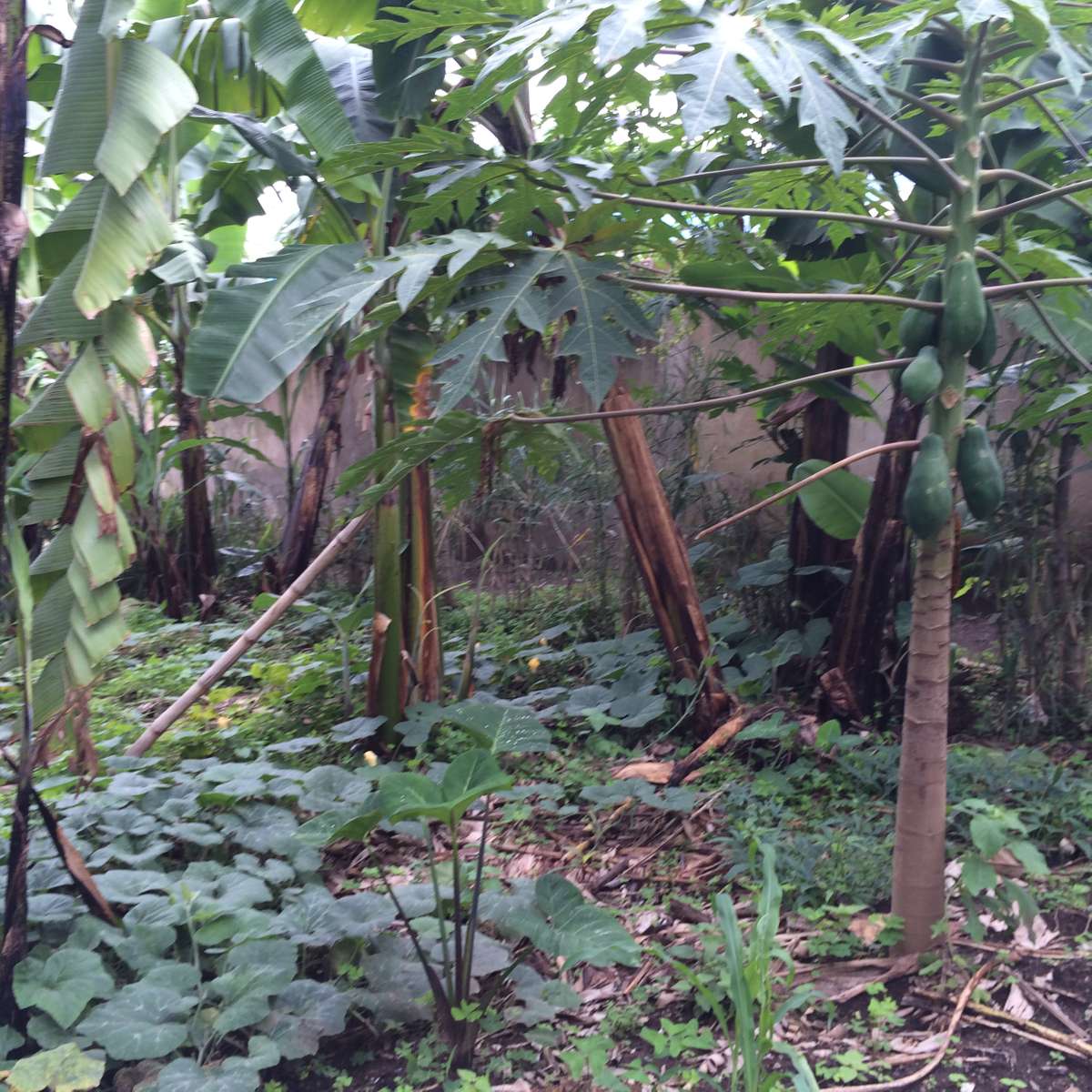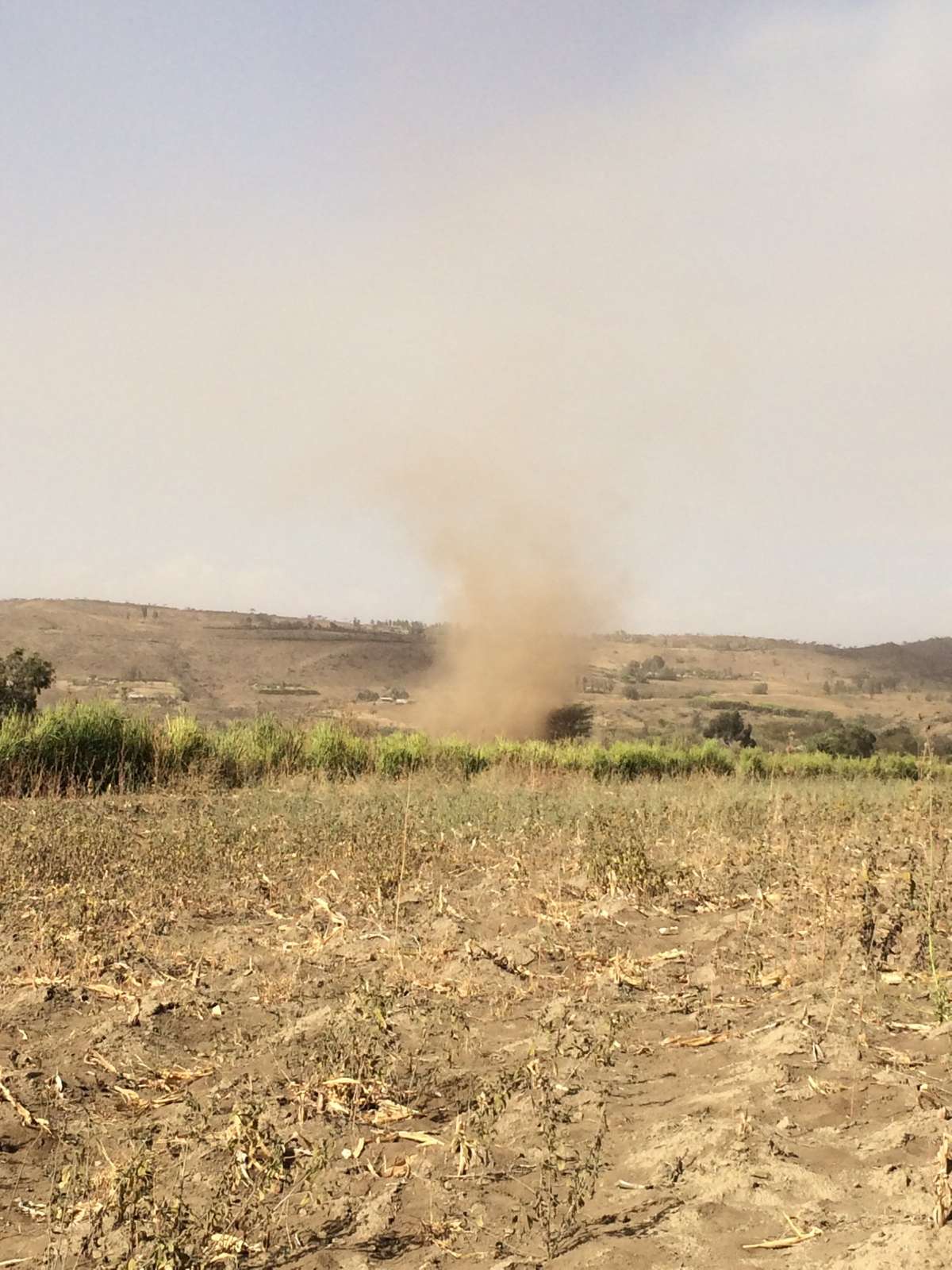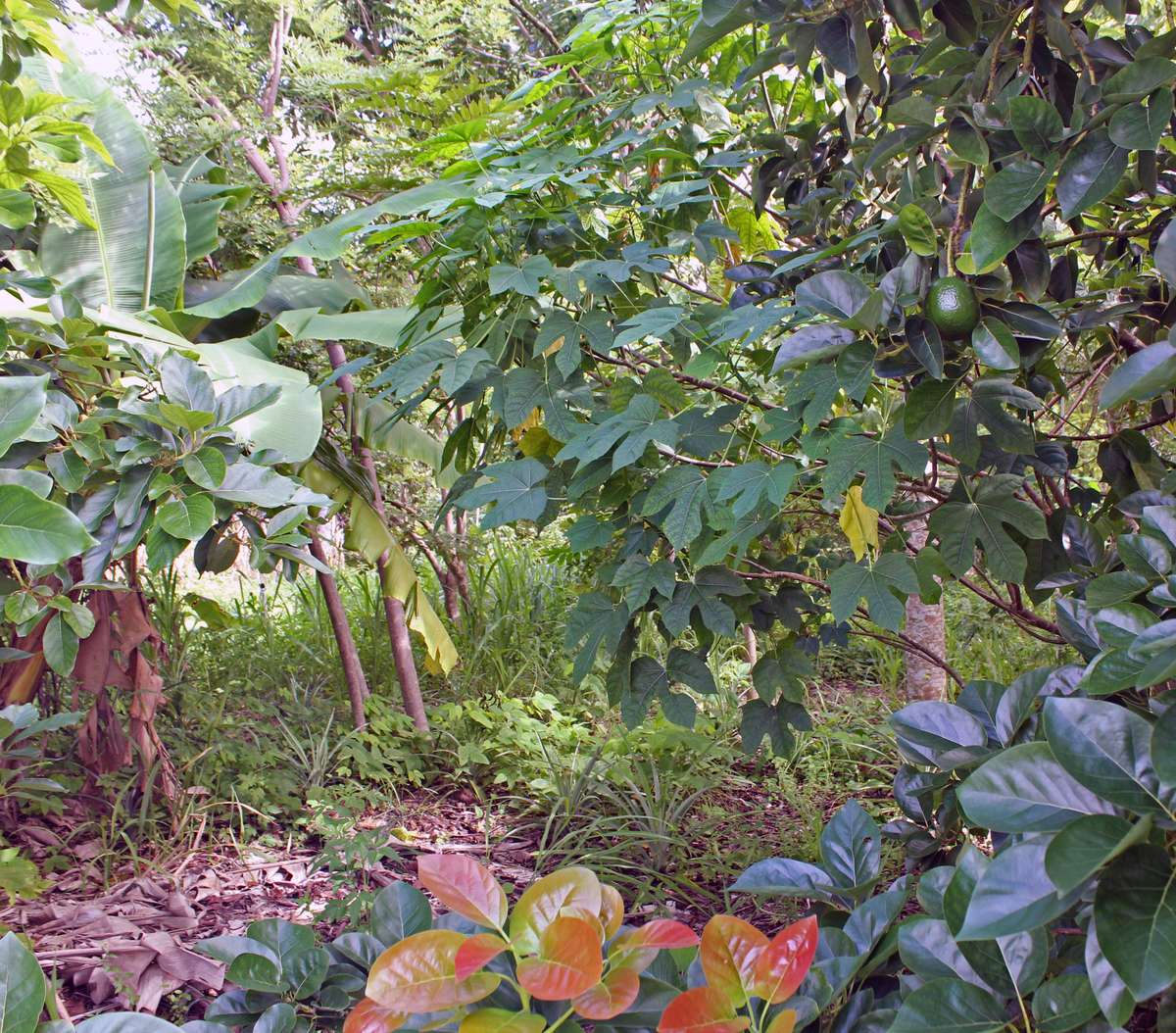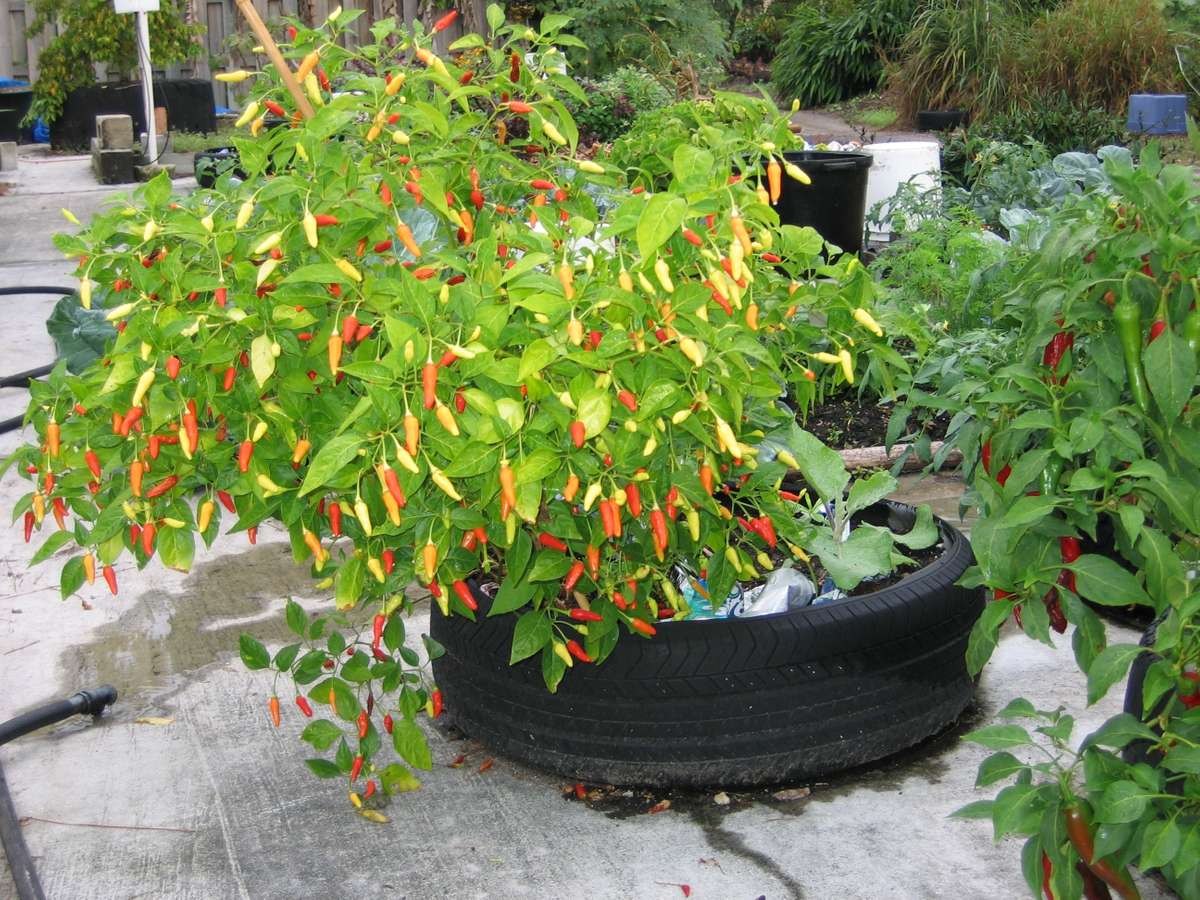Browse by Climate/Agricultural Zone
ECHO publishes and accumulates content that is specific to unique biophysical regions. Practices specific to dryland regions, for example, may be appropriate for multiple global regions of the world such as the Sahel of Africa, countries in Eastern and MIddle East, as well as Pacific coasts of South America. Browse content that is specific to your biophysical region (or climate) by clicking the boxes below.
Tropical Highlands
Tropical highland regions include multiple locations throughout Central and South America, East Africa, Southeast Asia, Central Asia, and many of the islands in the tropics. Highland regions are characterized by high altitudes and variable rainfall. One of the main agricultural concerns for highland regions is soil erosion.
Tropical Lowlands
Tropical lowland regions are characterized by high humidity and annual rainfall. Lowlands exist around the world in microclimates but predominate areas of South and Southeast Asia, Latin America and Caribbean, and Coastal regions of the tropics. One of the main agricultural concerns for lowland regions is dealing with waterlogged soils and related plant pathogens.
Semi-arid & Arid
Semi-arid and arid regions are often referred to as drylands and are located in Africa's Sahel, North Africa, The Middle East, and the Pacific coast of South America. These areas are characterized by low annual rainfall and are typically home to pastoralists groups. One of the main agricultural concerns for drylands is the efficient use and placement of limited resources.
Tropical Rainforest
Rainforest regions are characterized by a high frequency of rainfall and well-established forest canopy layers. Peoples in these regions often depend on rainforests for food and fuel. Tropical rainforests predominate parts of South America and Central Africa. One of the main agricultural concerns for rainforests is deforestation through slash and burn practices.
Urban
Many people live in situations where they need to produce food with limited space or soil. Solutions range from urban gardening on rooftops to growing food in feed-sacks and tires. Through the use of local and readily available resources, these options can be easily accessible and cost-effective ways of supplementing food and income for those facing the challenges of urban and community gardening.
Looking for Animal Options?
If you are looking for animal options for your context, you can look for resources within your biophysical/climate group or check out our animal resources by using the search bar at the top right of this page.




